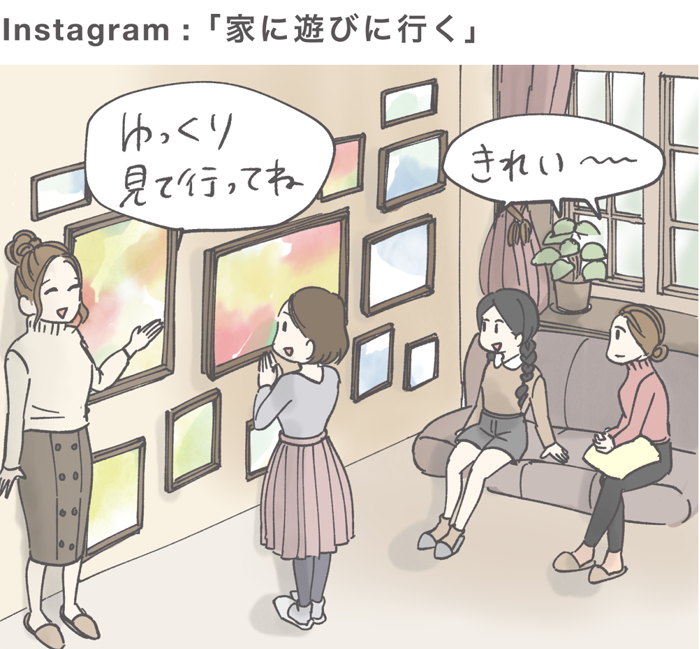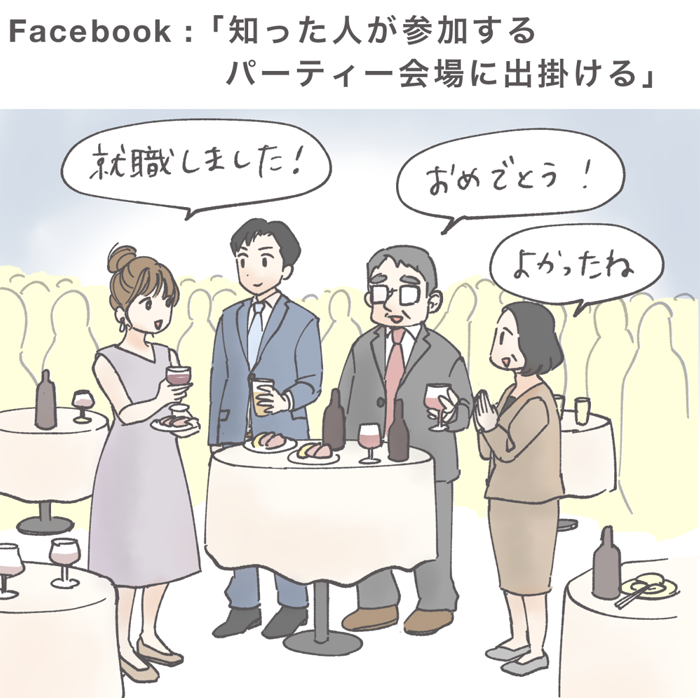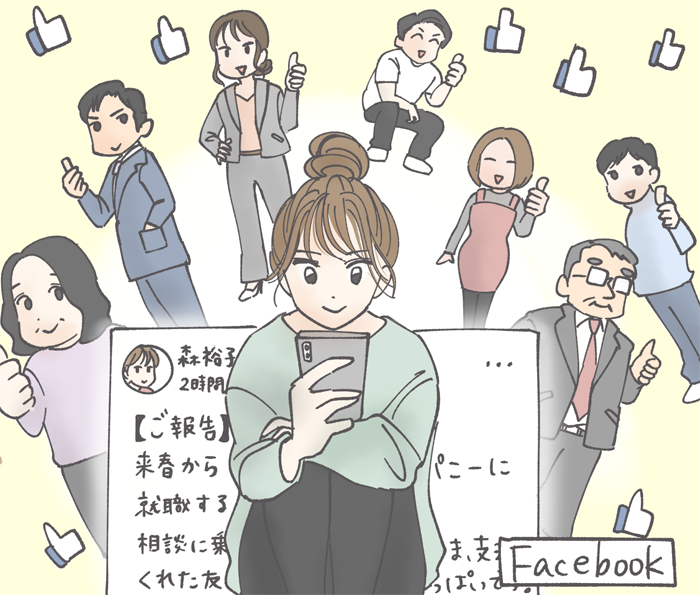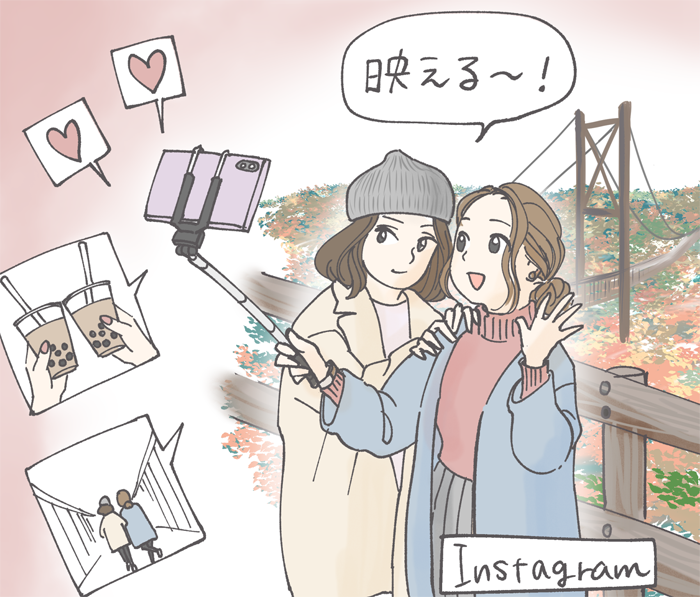I'm Akira Amano, Senior Researcher at Dentsu Inc. Media Innovation Lab. In October 2019, I published "The History of SNS Evolution: The Future of a Society Connected by 'Likes!'" (East Shinsho).
Social networking services (SNS) have profoundly altered the fabric of society. This book traces the prehistory of not only representative platforms like mixi, Facebook, Twitter, Instagram, LINE, and TikTok, but also 2channel (now 5channel), email newsletters, and blogs. It multifacetedly depicts the dizzying evolution of SNS—from personal pages to timelines, and further to image/video sharing for experience exchange—from user, business operator, and cultural perspectives.
In addition to explaining the results of original research, it analyzes works like movies and novels themed around SNS. By dissecting what these portrayals depict, it deeply focuses on the changes in our modern communication and mindset.
This series will introduce digest versions of some of the discussions presented in the book. The first installment examines the characteristics and histories of Twitter, Facebook, and Instagram—arguably the most representative SNS platforms today.
How do the characteristics of Twitter, Facebook, and Instagram differ?
Twitter, Facebook, and Instagram can be considered the representative services of today's SNS landscape. In Japan, their Monthly Active Users (MAU) are Twitter: 45 million, Facebook: 27 million, and Instagram: 33 million, significantly outpacing other SNS platforms. Precisely because these SNS value human connections, their MAU figures justify calling them the "Big Three SNS."
Twitter has the characteristic of allowing news to spread and making people's reactions and opinions visible. Users utilize it as a "place to see what's happening in the world right now," spreading their own ideas and thoughts, or making announcements and spreading information.
Instagram stands out as "a place to visually share personal, treasured experiences," attracting many active users who actively explore and share their passions.
Facebook connects people across generations—locals, like-minded individuals, and coworkers—and its real-name policy lends it a strong sense of formality. It serves as a place to share public information, like announcements of life milestones, that users want everyone to know. Of course, some also post news and daily updates, so it could be positioned as occupying a middle ground between Twitter and Instagram.
To convey the characteristics of each SNS simply: Twitter feels like "stepping out into a town square" to learn about current topics and join conversations; Instagram feels like "visiting someone's home" to learn about their hobbies and worldview; and Facebook feels like "attending a party venue where people you know gather" for social, formal conversations.
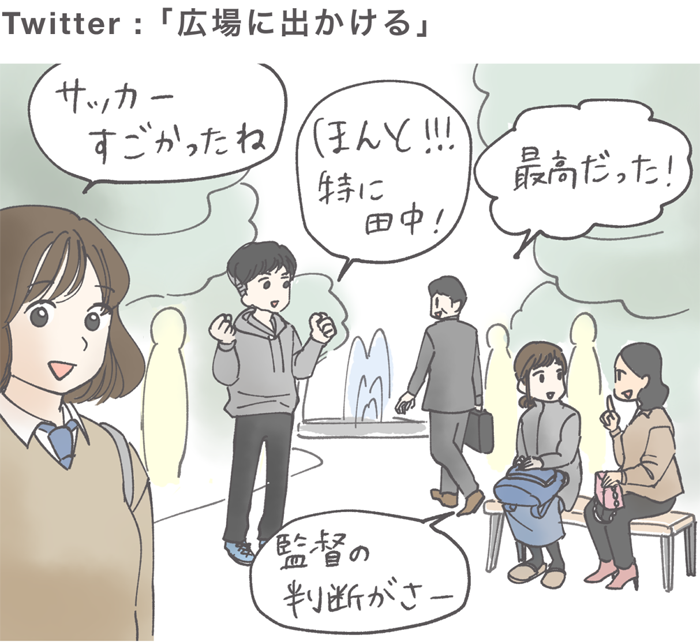
Illustration: Haruka Watanabe (Dentsu Inc.)
"NOW": The Word That Symbolized Twitter and Marked the Dawn of the Real-Time Web
Twitter's "now" was selected for the 2010 Buzzword of the Year Top Ten. This "now" most symbolically conveys the change Twitter brought about: our lives shifting toward a real-time web.
Used in phrases like "Starbucks now" (I'm at Starbucks right now), it spreads casual updates about one's current situation to friends and acquaintances, and ultimately to all of Japan and the world. Rather than disseminating carefully crafted messages or content, it built a foundation for the circulation of casual "now" shares as communication, pioneering a space that expands through N to N (many-to-many) connections.
This very existence of the "real-time web," and the values it embodies, becoming installed within Japanese society lies at the core of the social change brought about by Twitter. It created a form of "fast communication" absent in the previous diary, bulletin board, and blog cultures.
While "tweet" is commonly translated as "murmur," "chirp" is actually more fitting. This is because Twitter is not merely a collection of individual monologues; it is a space where small communications rapidly overlap and intertwine, frequently creating a symphony-like spread of messages.
As a symbol of the real-time web, Twitter has also profoundly altered the nature of entertainment. For example, during the broadcast of "Castle in the Sky" on Friday Roadshow, the climactic moment where the protagonists chant the destruction spell "Bals" creates a huge online buzz. The joy of tweeting "Bals!" simultaneously across Japan can be explained by the excitement generated by this synchronous connection—in fact, this "festival" was already a tradition on 2channel before Twitter, famously known as the "spell that crashes servers."
While content generally offers higher utility upon first exposure, this case demonstrated the paradoxical enjoyment that comes from knowing exactly when "Bals" will appear, allowing those in the know to experience heightened catharsis.
Even knowing what's coming—or perhaps precisely because of that knowledge—makes it enjoyable. Furthermore, the fact that this reached the level of a societal "festival" holds significant meaning in the history of media communication. The compelling pull of this synchrony, which draws in even those who hadn't planned to watch, suggests a close connection between communication and content.
Why did Facebook become the world's largest social networking service?
Facebook started as a social network exclusively for college students. The original idea was to create a network connecting elite universities, starting with Harvard and expanding to nearby Ivy League schools. By imposing restrictions limiting access to a select few, it stimulated the desire: "I absolutely want to be part of this network of only the most brilliant college students!"
The reasons to use Facebook likely lie in the various benefits and social value stemming from its key functional characteristic: real-name usage. Founder Mark Zuckerberg stated, "We're going to move all of college social life here." This created a mature, calmer space less prone to the "rough" communication often associated with anonymity.
This also proved beneficial for companies in terms of marketing, increasing social visibility and growing the user base. While the trend started with young people, Japan lacked a social network for adults (LinkedIn existed, but...), allowing Facebook to fill that position and gain a foothold for its widespread adoption.
The author believes a major factor in its adoption was the ability to log into various services using one's Facebook account, leveraging real names and social standing. Having a Facebook account meant avoiding the hassle of separate registrations and logins for each service. This convenience is crucial for us, whose daily lives increasingly depend on web services.
This is how Facebook grew its presence. It essentially spread by driving out all local SNS platforms worldwide, and this strategy succeeded in Japan too. The accumulation of factors like "people overseas are using it" and "people around me started using it" eventually crossed a critical threshold, leading to sudden widespread adoption. It was a clear victory of the "network effect." Starting with "trendy" university students, Facebook now boasts 2.2 billion monthly active users (MAU) worldwide.
※LinkedIn: A business-focused social networking service designed to compile work history and career information, and to expand and interact within professional networks.
The "Network Effect" That Determines SNS Success or Failure
Let's explain the crucial concept of "network effect." Network effect refers to how the value of a product or service increases or decreases depending on the number of users utilizing it. As more people use it and the network expands, its value rises. Furthermore, because it enhances value not only for those within the network but also for third parties outside it, it is sometimes called a network externality.
For example, the value of your home refrigerator is determined solely by your own convenience, regardless of who else uses it. Conversely, a telephone has no value if you are the only one who owns it; its value lies in the breadth of the network it provides for contacting many people. SNS is precisely such a thing.
Network effects are a crucial concept when considering the spread of SNS. As mentioned earlier, the value of connections on Facebook also grew exponentially based on network effects.
The Secret Behind Instagram's Birth
Instagram, the biggest player in the SNS expansion era, launched its service in 2012. It wasn't in its current state back then; initially, it even had a different name. Yet it has grown to become one of the most important SNS platforms for smartphone users today. It now boasts 1 billion MAU worldwide, achieving this milestone in just seven years.
Instagram became the hub for visual communication among smartphone users, creating a space where people could easily take photos and share their experiences. Younger users, adept at smartphone operation, were also skilled at photo editing. They shared content to build their own unique worlds through their walls and feeds.
Originally named "Burbn," it was an app for sharing schedules and location information with acquaintances. However, usage data revealed that users weren't sharing locations much; instead, they were sharing the "photos" taken there. Founder Kevin Systrom initially didn't prioritize this photo-sharing feature, but the users themselves were demanding it. The name was then changed from "Burbn" to "Instagram."
Stripping down features and simplifying them was also for the sake of the user experience and word-of-mouth. Systrom stated, "I wanted to clearly communicate 'what this service is.' If it were a service packed with all sorts of features, how would users even introduce it to their friends?"
At the time, smartphone cameras weren't very high-quality, so the photo filter feature (adjusting color tones and overall photo aesthetics) was innovative and met users' desire to preserve beautiful photos. Applying a filter meant anyone could create stylish photos.
Furthermore, in Instagram's early days, the focus was on promoting it to creators like photographers and designers, rather than celebrities. This was influencer marketing, but it reflected the core philosophy of being a tool supporting creative spaces.
This strategy proved successful, taking root among discerning users in the US and gaining popularity in Japan among trend-sensitive demographics, particularly female users. This structure—gaining traction with core users before expanding outward—mirrors Facebook's approach.
Instagram and the inseparable relationship with "aesthetic appeal"
Combined with this origin story, Instagram developed an unwritten code among users—a social and cultural norm (not laws or rules) that photos must be stylish. This resulted in a phenomenon where photo compositions became increasingly similar. According to Lev Manovich's Instagram and Contemporary Visual Culture (2018), there are four main types:
(1) Flat Lay (2) First Person
(3) Minimalism (4) Scene
Briefly explained:
(1) Flat lay involves photographing from a true overhead perspective, with subjects/objects arranged flat. The lack of height variation simplifies composition, allowing the intended subject to be clearly shown.
(3) Minimalism involves simplifying the background, reducing subjects, and focusing the frame solely on the desired element by "reducing it to minimal elements (minimal)."
In terms of optimization considering the UX of viewing photos on a small smartphone screen, (1) and (3) share common ground.
The most crucial concept here, in the author's view, is (2): the first-person perspective. This means photos taken from the viewpoint of the photographer holding the smartphone. For example, with clothing photos, it refers to capturing the item being worn from your own perspective, rather than having a model wear it and a third-party photographer take the shot.
(4) shares a similar concept. Continuing with the clothing example, it suggests photos should be taken not in some studio, but in the actual location or moment (scene) where the garment looks its best and creates a wonderful experience.
Instagram's nature as a platform for sharing personal experiences is reflected in (2) and (4).
This overview has examined the origins and characteristics of the "Big Three SNS," but the crucial point is that users establish communication on SNS by complementing each platform's functions.
Next time, I'd like to analyze how information spreads through SNS, presenting a model I propose.

East Shinsho, 328 pages, ¥920 + tax ISBN978-4-7816-5118-7


